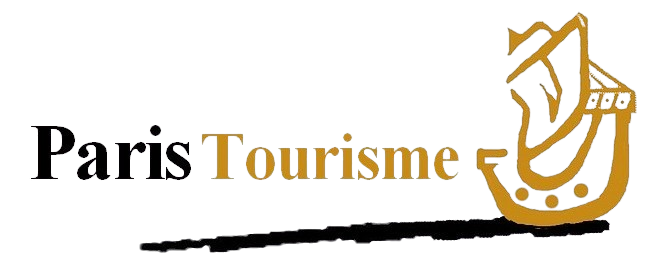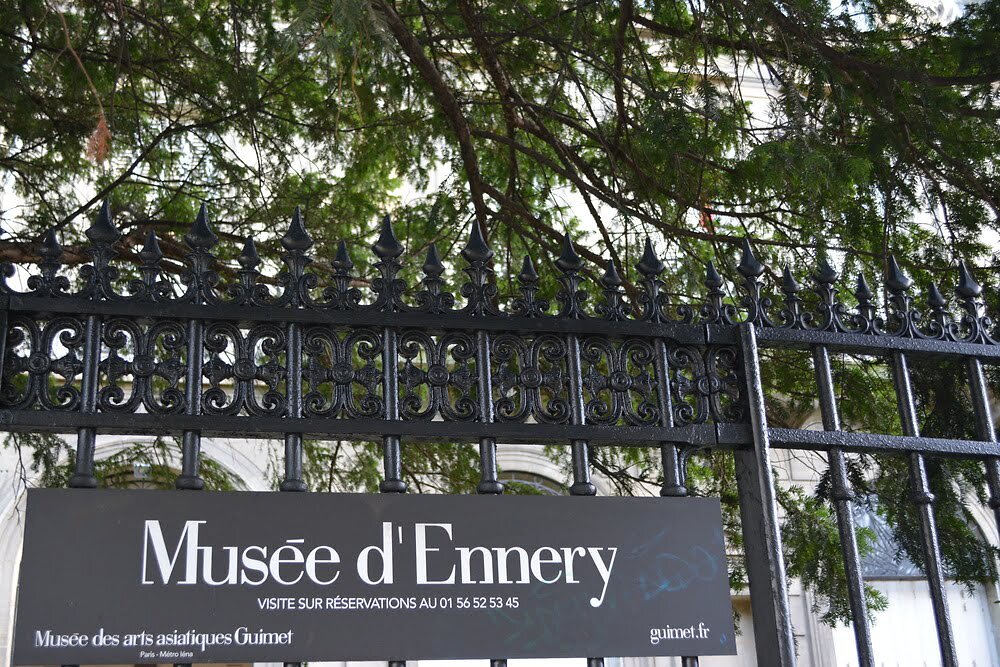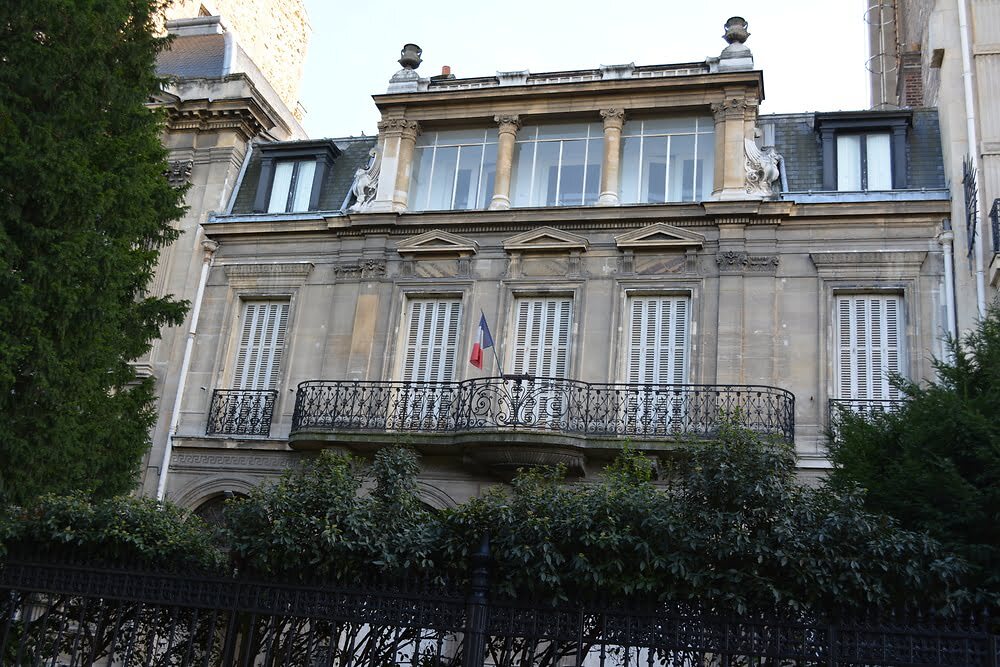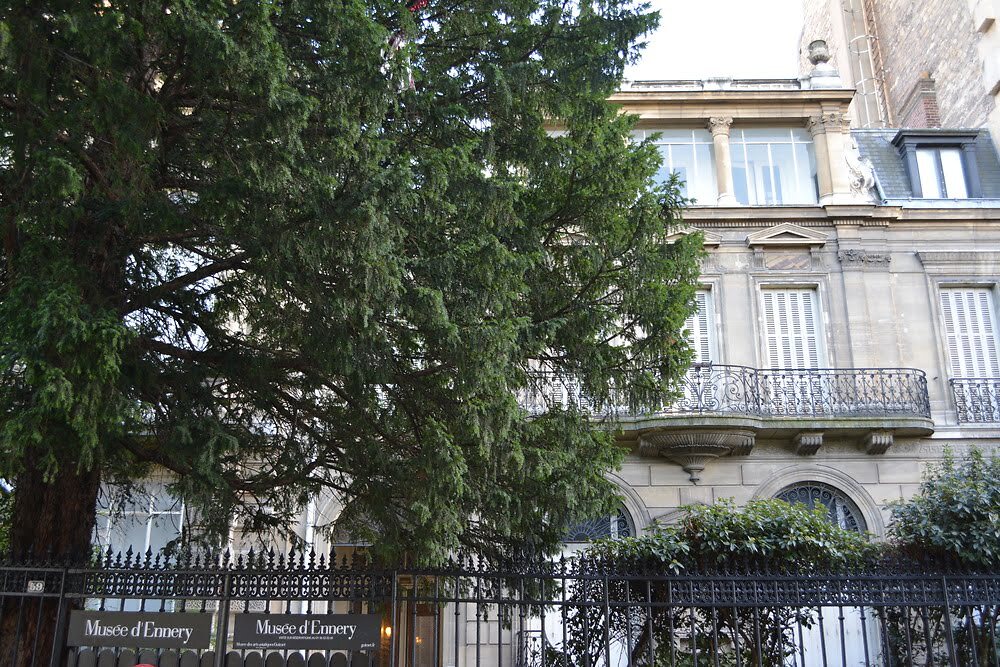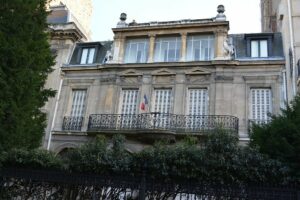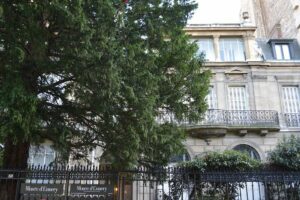- Paris Hotels
- Hotels by Category
- Hotels by Districts
- Champs Elysees Hotel
- Montmartre Hotel
- Saint Germain des Prés Hotel
- Montparnasse Hotel
- Porte de Versailles Hotel
- Republique – North Train Station Hotel
- Place de la Nation Hotel
- Latin Quarter Hotel
- Opera Garnier Hotel
- Marais – Bastille Hotel
- Gare de Lyon Hotel
- Gare Saint-Lazare Hotel
- Hotel Place d’Italie
- Other Hotels
- Hotels by Category
- Districts
- Paris map
- News
- Contact us
Musée D’Ennery Paris
- Profile
- prev
- next
- prev
- next
-
Decorative Arts of the Far East a magnificent collection of nearly 7000 objects gathered by Clémence d’Ennery in the last century, presented in its authentical baroque “Napoleon III Hotel” architectural context.
Decorative Arts of the Far East
A magnificent collection of nearly 7000 objects gathered by Clémence d’Ennery in the last century, presented in its authentical baroque “Napoleon III Hotel” architectural context, which, in its traditional french sense, names a private mansion in the city, with courtyard and garden, that was socially meant for giving receptions and parties. Some museum owe their existence to a collector’s passion or to the ingenuity of a scholar or of an explorer others have a much more romantic origin, as is the case for the Musée d’Ennery.
History of the museum
In 1881, the fashionable and witty widow Madame Desgranges married late in life, the novelist Adolphe Philippe surnamed D’Ennery (1811-1899), who had been crowned by glory and ennobled by Napoleon. He was a most prolific and popular writer, authoring succesful melodramas and beloved sentimental novels which are today completely forgotten. In order to help her husband’s career and give sparkle to her salon, but also to invest her fortune, Madame d’Ennery, carried away by a great love for oriental art that was in style at the time, decided to make up a collection of chinese and japanese Art. She did not actually embark on long journeys but visited the famous antique shops Bing, Burty and Sichel, also nosed about in the “grand magasin” Au Bon Marché or in small exotic boutiques. Gradually, in her luxurious residence on the Allée du Bois so typical of the Napoleon III era, she amassed an interesting collection exhibited in large wooden cupboards inlaid with mother-of-pearl. She ordered herself XVIIIth and XIXth ceramics from Kyoto, so rare now, as well as pieces of Namban Art (an artistic style resulting from contacts between the Japanese and the Portuguese between 1543 and 1640), including lacquered trunks with humpback lids, inlaid with mother-of-pearl in floral or geometric motifs inspired by the Occident. An interesting point, some of these trunks had supposedly been brought from Japan by an ancestor of Madame d’Ennery who discovered them in the family attic maybe this was what prompted her attention to Japan Art. In the “Bon Marché” department store, Madame d’Ennery found many of big animals, chimeras and strange masks that still decorate the walls, which her guests found so “horrid”.
She also assembled a remarquable collection of over 300 “netsuke” from Tokugawa Period onwards (1603-1837). These precious clasps, often sculpted in ivory, were the only jewels allowed to be worn by men of the 2nd rank (Samuraï being the Ist rank). A great variety of objects, china of the East Indian Companies, dolls and figurines, carvings of semi-precious stones, ivories and bronzes bring us to the daily life and popular beliefs of China and Japan between the 17th and 19th centuries). This amazing collection served as a setting for magnificent parties, for the presentation of operas written by Adolphe d’Ennery and composed hy Massenet and Gounod, and even for full-scale reking Opera shows. In the “friendly” audience were the Goncourt brothers and Prime Minister Georges Clémenceau, who donated the Musée d’Ennery to the State in 1907. For those interested in history as much as in art, the Musée d’Ennery symbolizes life in the last century’s “Gay Paris”, with trompe-l’oeil architectural features and large molding stucco. The Hotel d’Ennery stands as a witness to a decisive turn of the Western artistic taste to the emergence of its fascination for the Far East.
The Collection
D’Ennery’s interest in Oriental items was very much of its time : many Impressionist artists were interested in both by the different visual conventions found in Japanese prints and by their subject matter. The collection mainly consists of works of art, both Chinese and Japanese, ranging from the seventeenth to the nineteenth centuries. You can also discover the furniture, lacquerwork, ceramics and bronzes, with many delightful carvings of animal and human forms. Show cases with mother-of-pearl inlays contain many hundreds of netsuke, the elaborately carved toggles made of bone, wood or ivory, worn with traditional Japanese dress. These are always miniature in scale, carved in the form of insects, plants and animals, or occasionally figures from literary sources.
Location : 59 Avenue Foch 75116 Paris
Phone : 01 56 52 53 45
How to get there :
- Metro line 2 : Porte Dauphine
- RER : Avenue Foch
- Bus : 82
Opening :
- Opened on Thurday and Sunday: 2pm to 6pm
- Opened on pulic holidays except December 25th and January 1st.
- Closed in August.
Official website : https://www.guimet.fr/decouverte-du-musee-dennery
Nearby hotels
-
14 Rue Stanislas, 75006 Paris, France
-
32 Rue des Saints-Pères, 75007 Paris, France
-
21 Rue de Penthièvre, 75008 Paris, France
-
59 Avenue Foch, Paris, France
